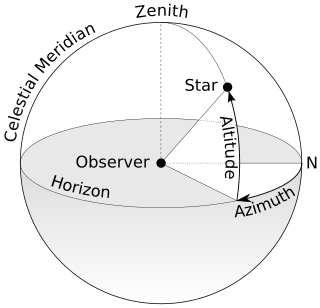This article needs additional citations for verification .(May 2007) (Learn how and when to remove this template message) |
The topic of this article may not meet Wikipedia's general notability guideline .(March 2018) (Learn how and when to remove this template message) |
Magnasee is a product used to visualize the magnetic fields recorded onto magnetic recording media such as magnetic tape, diskettes, and the like.

Magnetism is a class of physical phenomena that are mediated by magnetic fields. Electric currents and the magnetic moments of elementary particles give rise to a magnetic field, which acts on other currents and magnetic moments. The most familiar effects occur in ferromagnetic materials, which are strongly attracted by magnetic fields and can be magnetized to become permanent magnets, producing magnetic fields themselves. Only a few substances are ferromagnetic; the most common ones are iron, cobalt and nickel and their alloys such as steel. The prefix ferro- refers to iron, because permanent magnetism was first observed in lodestone, a form of natural iron ore called magnetite, Fe3O4.

Magnetic tape is a medium for magnetic recording, made of a thin, magnetizable coating on a long, narrow strip of plastic film. It was developed in Germany in 1928, based on magnetic wire recording. Devices that record and play back audio and video using magnetic tape are tape recorders and video tape recorders respectively. A device that stores computer data on magnetic tape is known as a tape drive.

A floppy disk, also known as a floppy, diskette, or simply disk, is a type of disk storage composed of a disk of thin and flexible magnetic storage medium, sealed in a rectangular plastic enclosure lined with fabric that removes dust particles. Floppy disks are read and written by a floppy disk drive (FDD).
The product contains very fine colloidal iron in a fast-evaporating liquid such as naphtha or fluorocarbons. The liquid is first agitated vigorously to disperse the iron. It may then be carefully poured over the magnetic media of, in the case of tape, the tape may be dipped into the open container of liquid. The iron adheres between the magnetic domains of the media, allowing the user to see where these magnetic domains have been written. Allowing the carrier liquid to evaporate allows very close visualization of the domains.

Iron is a chemical element with symbol Fe and atomic number 26. It is a metal, that belongs to the first transition series and group 8 of the periodic table. It is by mass the most common element on Earth, forming much of Earth's outer and inner core. It is the fourth most common element in the Earth's crust.
Naphtha is a flammable liquid hydrocarbon mixture.

Fluorocarbons, sometimes referred to as perfluorocarbons or PFCs, are, strictly speaking, organofluorine compounds with the formula CxFy, i.e. they contain only carbon and fluorine, though the terminology is not strictly followed. Compounds with the prefix perfluoro- are hydrocarbons, including those with heteroatoms, wherein all C-H bonds have been replaced by C-F bonds. Fluorocarbons can be perfluoroalkanes, fluoroalkenes and fluoroalkynes and perfluoroaromatic compounds. Fluorocarbons and their derivatives are used as fluoropolymers, refrigerants, solvents, and anesthetics.
Various faults in the magnetic recording process could then be visually detected. These included:[ citation needed ]
- Track mis-alignments including gross azimuth errors
- Missing (unrecorded) tracks
- Failures of the erasure system
- Lift-off of the media from the recording head(s)
- After-the fact destruction of the recording via, say, the application of external magnets

An azimuth is an angular measurement in a spherical coordinate system. The vector from an observer (origin) to a point of interest is projected perpendicularly onto a reference plane; the angle between the projected vector and a reference vector on the reference plane is called the azimuth.
For many older systems that recorded at a low linear bit density, the bit density of the recording could be determined.
While Magnasee was most commonly used on magnetic media that wasn't meant to be re-used (for reading or writing), careful cleaning could remove the iron particles and allow critical media to be re-used.















